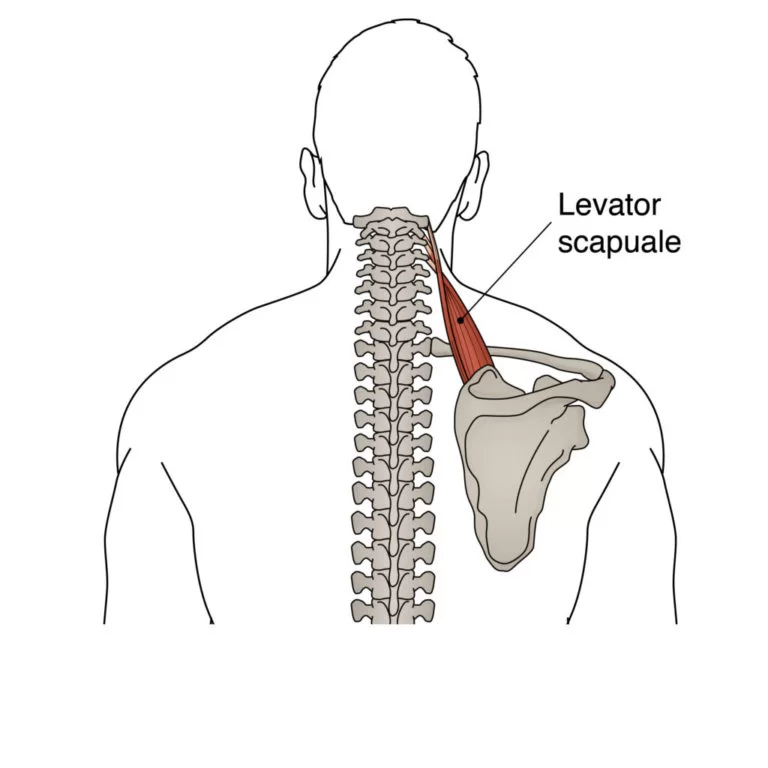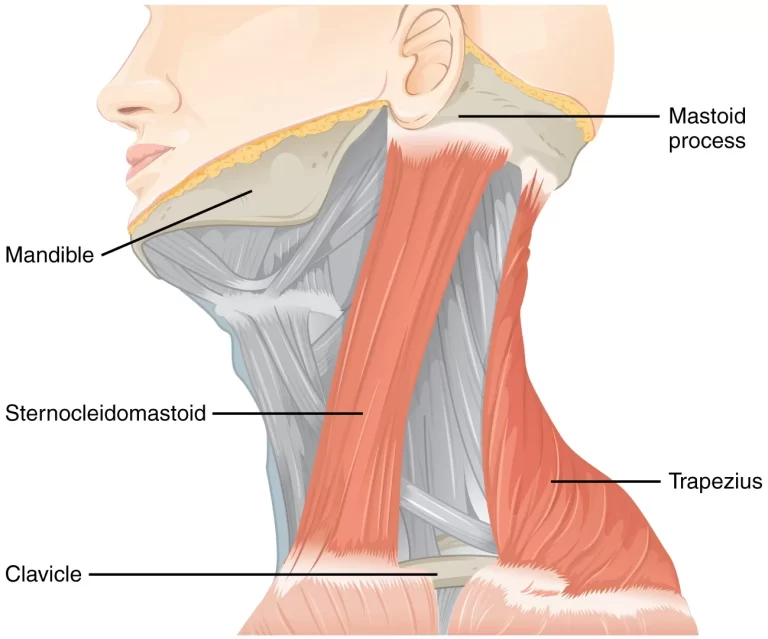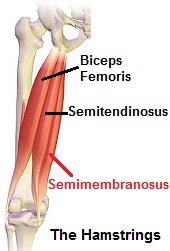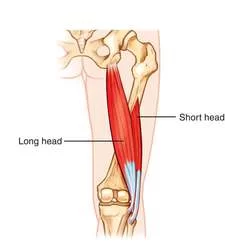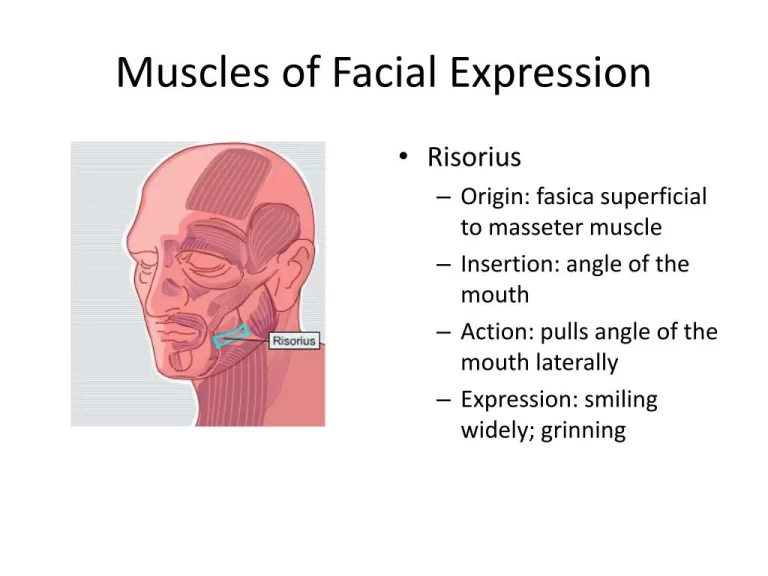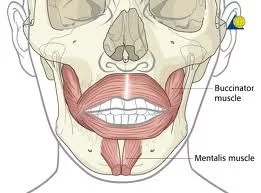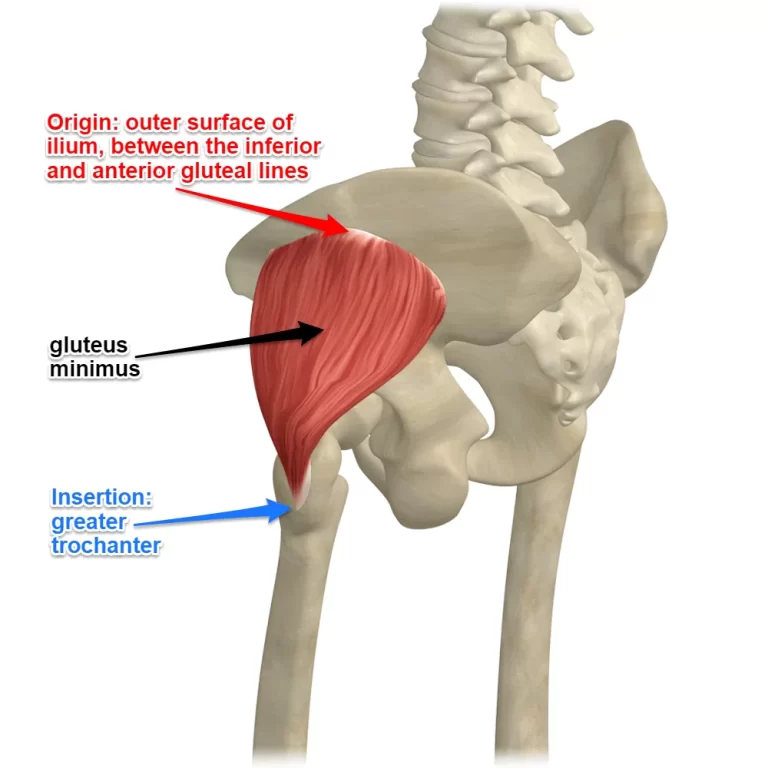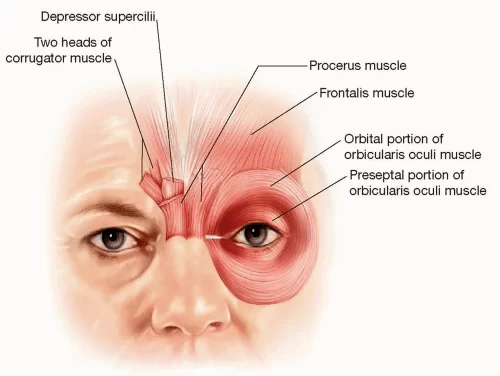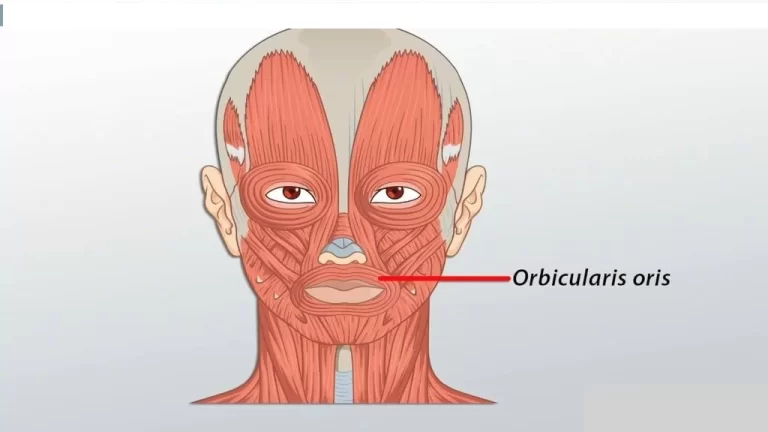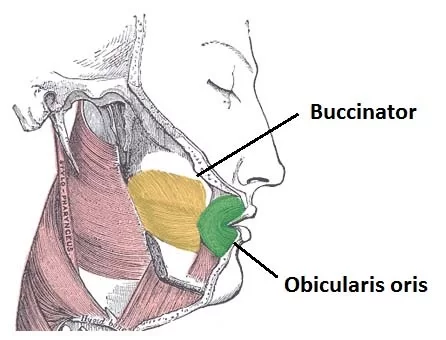Levator Scapulae Muscle
Anatomy of Levator Scapulae Muscle The levator scapulae muscle are superficial extrinsic muscles of the back that primarily function to elevate the scapulae. Levator comes from the Latin levare, meaning “to raise.” Scapulae refer to the scapulas, or shoulder blades, possibly originating from the Greek “skaptein,” meaning “to dig.” In conjunction with other posterior axial-appendicular…

